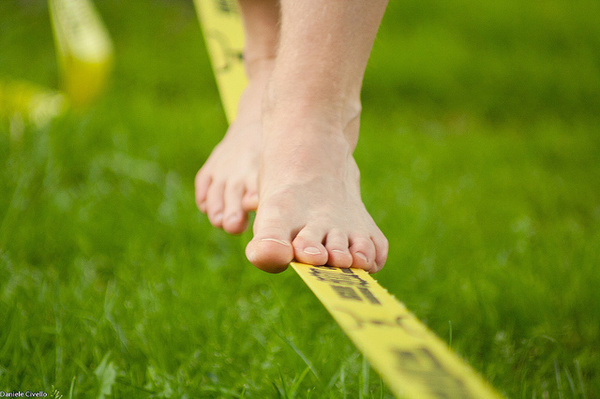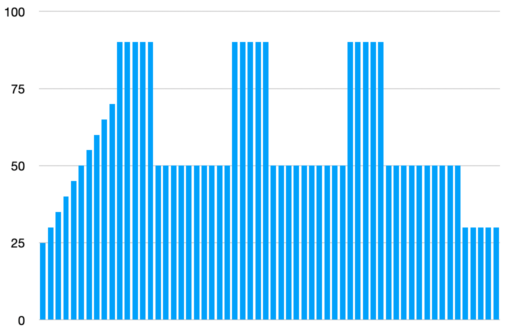The Power of Structured Training: Why Your Cycling Plan Needs a Roadmap
Every rider—from the weekend warrior to the seasoned pro—wants to improve in the cycling world. We all dream of riding faster, longer, and stronger. But achieving consistent progress isn’t just about riding more miles or pushing yourself harder; it’s about riding smarter. That’s where structured training comes in. Imagine setting off on a long road
The Power of Structured Training: Why Your Cycling Plan Needs a Roadmap Read More »





